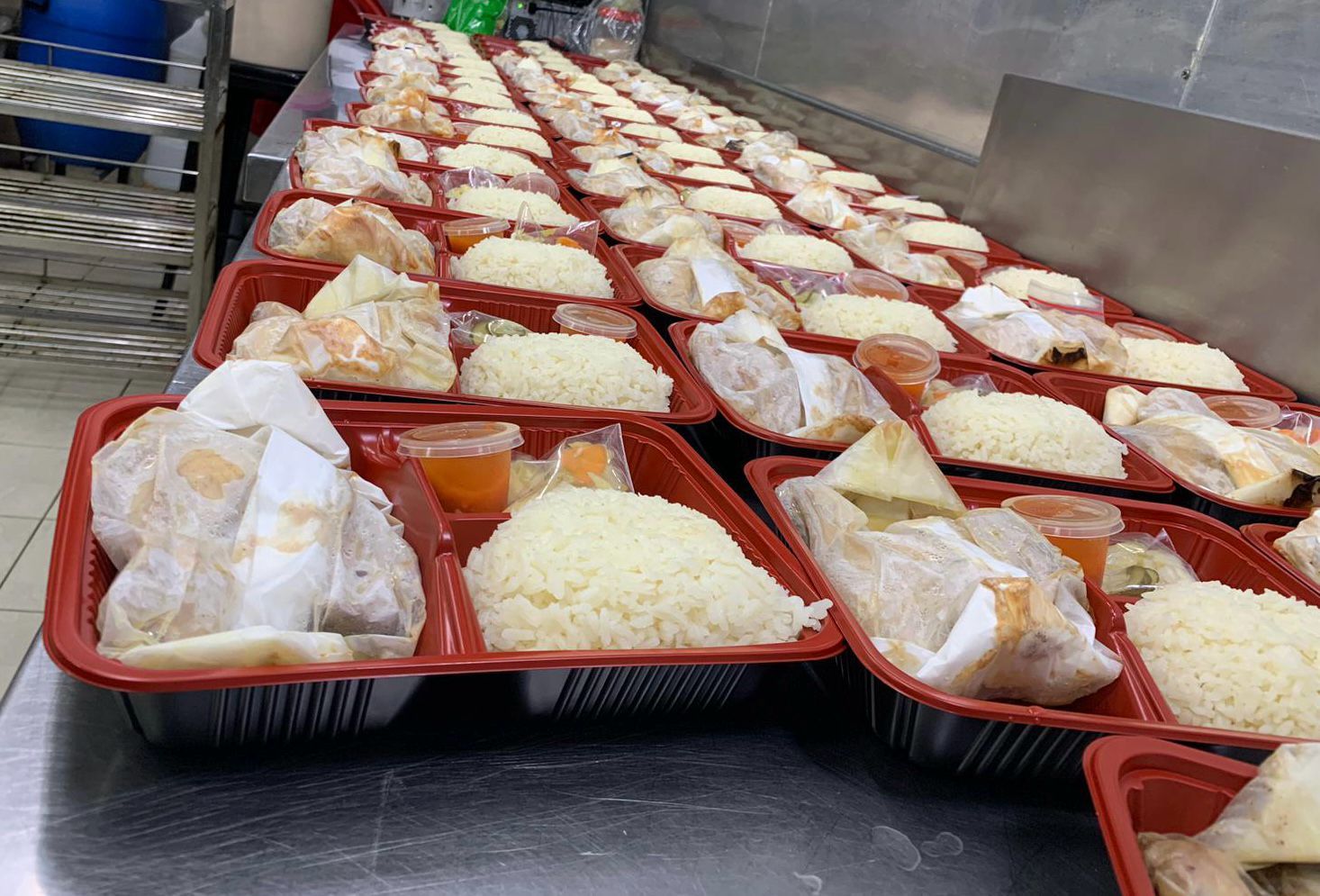Labour Shortages & Wage Increases: How F&B Takeaway Food Kiosks Adapt
The F&B industry, particularly takeaway food kiosks, has been grappling with significant challenges in recent years. Among these, labor shortages and rising wages have become pressing issues, forcing many businesses to rethink their operations and adopt innovative solutions to stay competitive.
The Impact of Labour Shortages and Wage Increases
Labor shortages in the F&B industry have been driven by various factors, including the aftermath of the COVID-19 pandemic, shifting job preferences, and an aging workforce. As a result, many takeaway food kiosks are struggling to find and retain staff, leading to operational inefficiencies and increased pressure on existing employees.
At the same time, to attract and retain the limited workforce available, businesses are compelled to offer higher wages and better benefits. While this move is essential for maintaining staff morale and ensuring quality service, it also increases operational costs, which can be particularly challenging for small-scale takeaway kiosks.
Adapting to the Challenges
To address these challenges, many F&B takeaway food kiosks are turning to technology and innovative business practices. Below are some strategies that these businesses are adopting:
1. Automation and Self-Service Technologies
Automation has become a crucial tool in mitigating labor shortages. By integrating self-service technologies like QR ordering and self-ordering kiosks, takeaway food kiosks can reduce the reliance on staff for taking orders and processing payments. Customers can place their orders directly from their smartphones or at the kiosk, which not only speeds up the service but also frees up staff to focus on food preparation and customer interaction.
2. Optimizing Workforce Management
With a smaller workforce, effective management becomes more critical. F&B takeaway food kiosks are adopting advanced POS systems with integrated employee management features. These systems help in optimizing shift schedules, tracking performance, and ensuring that the right number of staff are on hand during peak hours. This strategic approach minimizes labor costs while maintaining service quality.
3. Streamlined Operations
Streamlining operations is another key strategy for adapting to labor shortages and wage increases. Many takeaway food kiosks are leveraging technology to automate routine tasks such as inventory management, order processing, and customer data collection. By reducing the manual workload, businesses can operate more efficiently with fewer staff, thereby controlling costs.
4. Flexible Staffing Solutions
Some takeaway kiosks are exploring flexible staffing models, such as hiring part-time or temporary workers during peak periods. This approach allows businesses to scale their workforce according to demand without committing to full-time salaries. Additionally, some kiosks are partnering with staffing agencies to quickly fill temporary positions during unexpected staff shortages.
5. Enhancing Employee Retention
Retaining existing employees is crucial in an environment where finding new staff is increasingly difficult. To achieve this, many F&B takeaway food kiosks are offering competitive wages, performance-based bonuses, and other benefits such as training opportunities and career development programs. A positive work environment and clear paths for growth can significantly improve employee loyalty and reduce turnover.
The Role of Technology in Overcoming Challenges
Technology plays a central role in helping F&B takeaway food kiosks adapt to labor shortages and wage increases. POS systems with integrated features for workforce management, self-service kiosks, and QR ordering are not just conveniences but essential tools for maintaining efficiency and profitability in a challenging market.
By embracing these technologies, takeaway kiosks can not only survive but thrive in an environment marked by labor shortages and rising wages. These innovations allow businesses to maintain high levels of customer service while controlling operational costs, ensuring long-term sustainability in the competitive F&B sector.
Interested in a CRM Based POS System, QR ordering or a standalone CRM membership system?
Send an Enquiry!
You might also like



